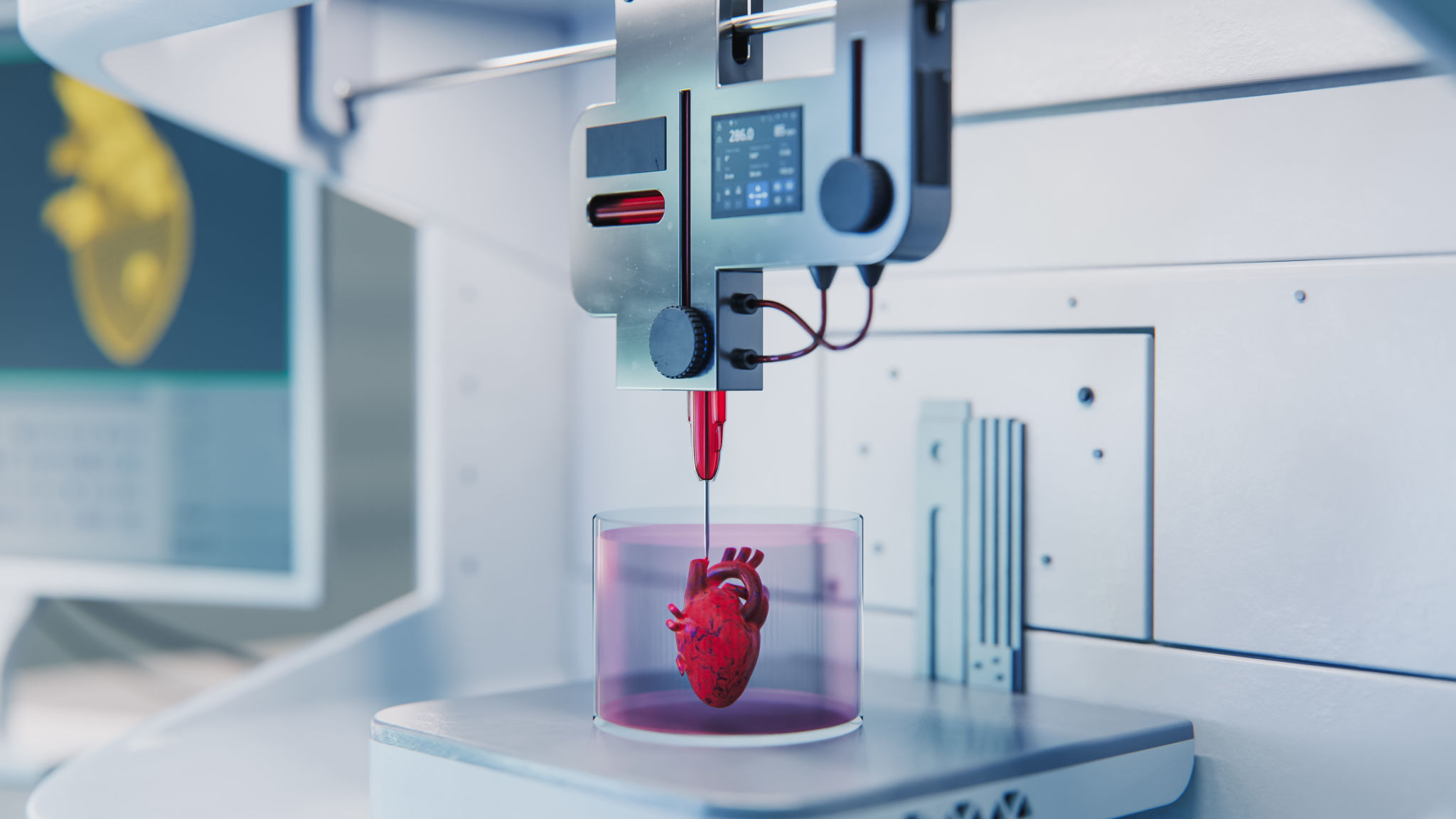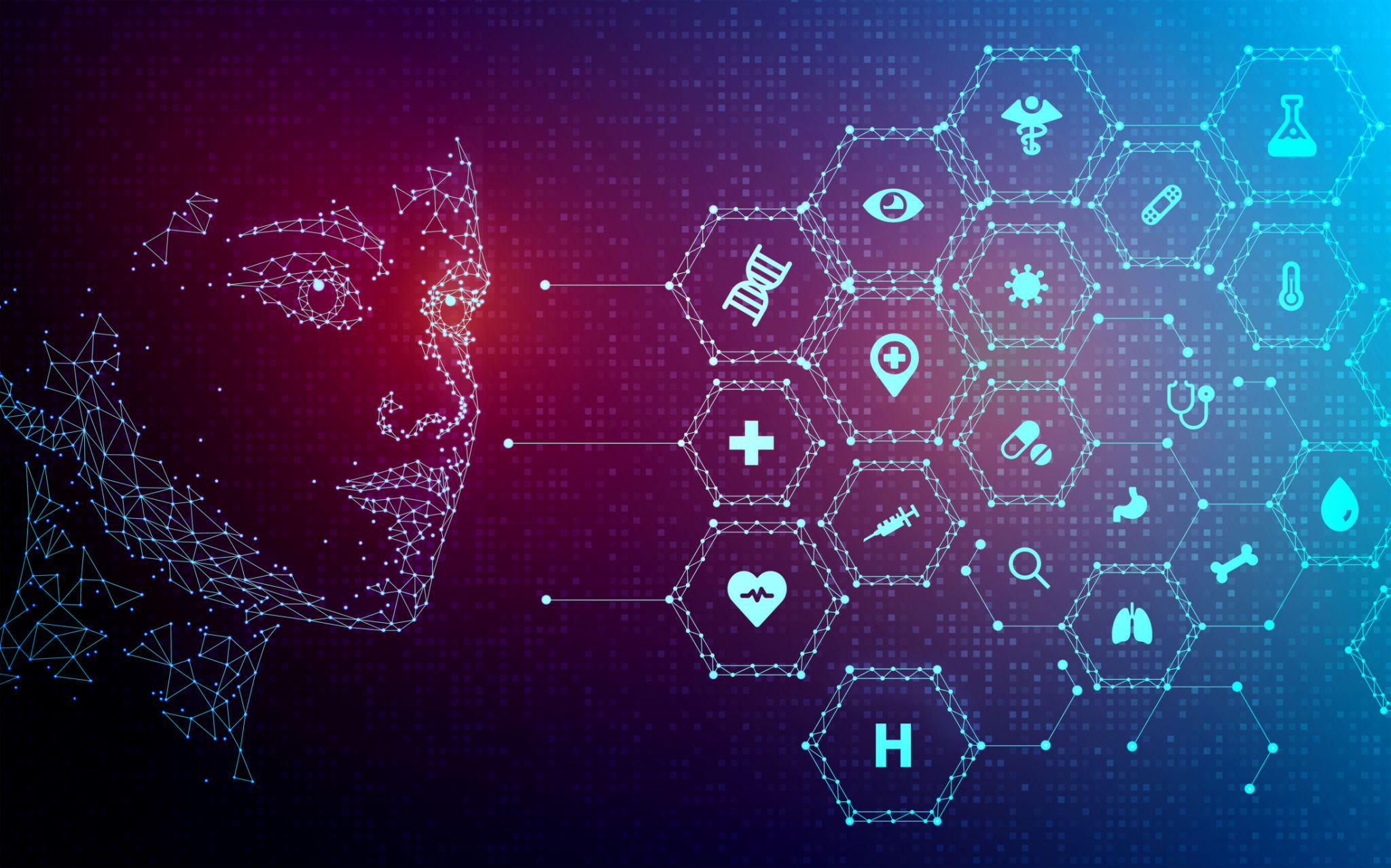Exploring the Future of Skeletal Muscle Organoids and Their Potential Impact
Introduction to Skeletal Muscle Organoids
Skeletal muscle organoids are a groundbreaking development in the field of regenerative medicine and bioengineering. These miniaturized and simplified versions of muscle tissue are cultivated from stem cells in the lab, offering a promising avenue for medical research and therapeutic applications. As researchers continue to explore their potential, skeletal muscle organoids could revolutionize our understanding and treatment of muscular diseases.
The creation of skeletal muscle organoids involves a meticulous process of differentiation, where stem cells are guided to develop into muscle tissue. This technology not only provides insights into muscle development but also serves as a platform for testing drugs and understanding muscle-related diseases.

Advancements in Technology
The development of skeletal muscle organoids is heavily reliant on advancements in biotechnological tools and techniques. Innovations in 3D bioprinting, stem cell research, and tissue engineering have been instrumental in overcoming the challenges of replicating complex muscle structures in vitro.
Scientists are now capable of creating more sophisticated organoid models that closely mimic the physiological and biochemical properties of human muscle. These advancements are crucial for conducting accurate disease modeling and drug testing, potentially leading to more effective treatments for conditions like muscular dystrophy and sarcopenia.

Potential Applications in Medicine
Skeletal muscle organoids hold immense potential for medical applications. One of the most promising areas is their use in personalized medicine. By creating patient-specific organoids, doctors could test the efficacy of different drugs and tailor treatments to individual needs, significantly improving patient outcomes.
Additionally, these organoids could play a critical role in regenerative medicine by providing a source of healthy muscle tissue for transplantation. This could be particularly beneficial for patients with severe muscle injuries or degenerative diseases, offering them a new lease on life.

Impact on Drug Development
The pharmaceutical industry stands to benefit greatly from the use of skeletal muscle organoids in drug development. Traditional drug testing methods often rely on animal models, which may not accurately predict human responses. Organoids offer a more relevant and ethical alternative, reducing reliance on animal testing and increasing the likelihood of successful drug trials.
By facilitating high-throughput screening and enabling detailed studies of muscle physiology and pathology, skeletal muscle organoids could expedite the development of new therapies. This is particularly important for rare muscular diseases that have limited treatment options available today.
Challenges and Future Directions
Despite their promise, there are several challenges that need to be addressed before skeletal muscle organoids can be widely implemented. Ensuring scalability, reproducibility, and long-term stability of these organoids is crucial for their successful application in clinical settings.
Future research will likely focus on refining the production processes and enhancing the functional properties of organoids. Incorporating vascularization, innervation, and other complex tissue interactions will be essential to fully replicate natural muscle function.

Conclusion
Skeletal muscle organoids represent a significant leap forward in biomedical research and therapy. As scientists continue to explore their potential, these tiny yet powerful models could transform the landscape of medical science, offering new hope for patients with muscular disorders.
The journey towards fully realizing the potential of skeletal muscle organoids is just beginning. With ongoing research and collaboration across disciplines, the future looks promising for these innovative tools that could redefine how we understand and treat muscular diseases.